How to Teach Digraphs to Kids: Making Learning Fun with Digraph Worksheets and Activities
Teaching digraphs to kindergarten and first-grade students can be a blast if you have the right tools and a sprinkle of creativity. Digraphs are two letters that come together to make one sound, and they're an essential part of phonics that helps young readers build their skills. From "ch" in "chair" to "sh" in "shoe," mastering digraphs opens up a whole new world of words for young learners. So, let’s dive into how you can make digraph learning fun, engaging, and effective with some fantastic digraph activities!
Tips and Tricks for Teaching Digraphs
1. Start with the Basics Introduce digraphs one at a time. Use posters and flashcards to visually introduce each digraph. Hang the posters around the classroom to create a print-rich environment.
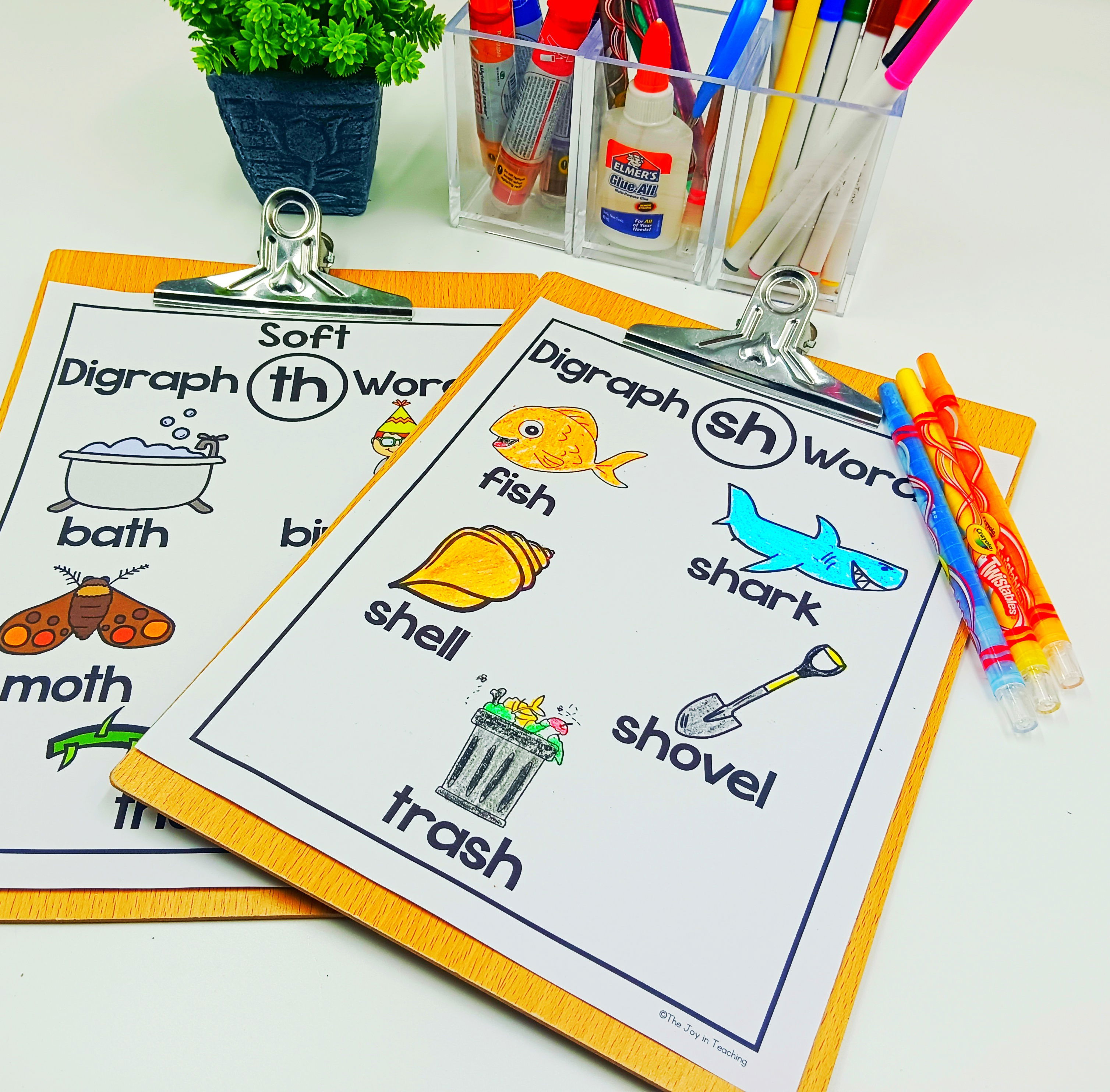
2. Interactive Activities Kids love hands-on activities! Worksheets that involve filling in the blanks, circling the right digraph sounds, and cutting and pasting can make learning feel like play. These activities help reinforce what students have learned in an engaging way.
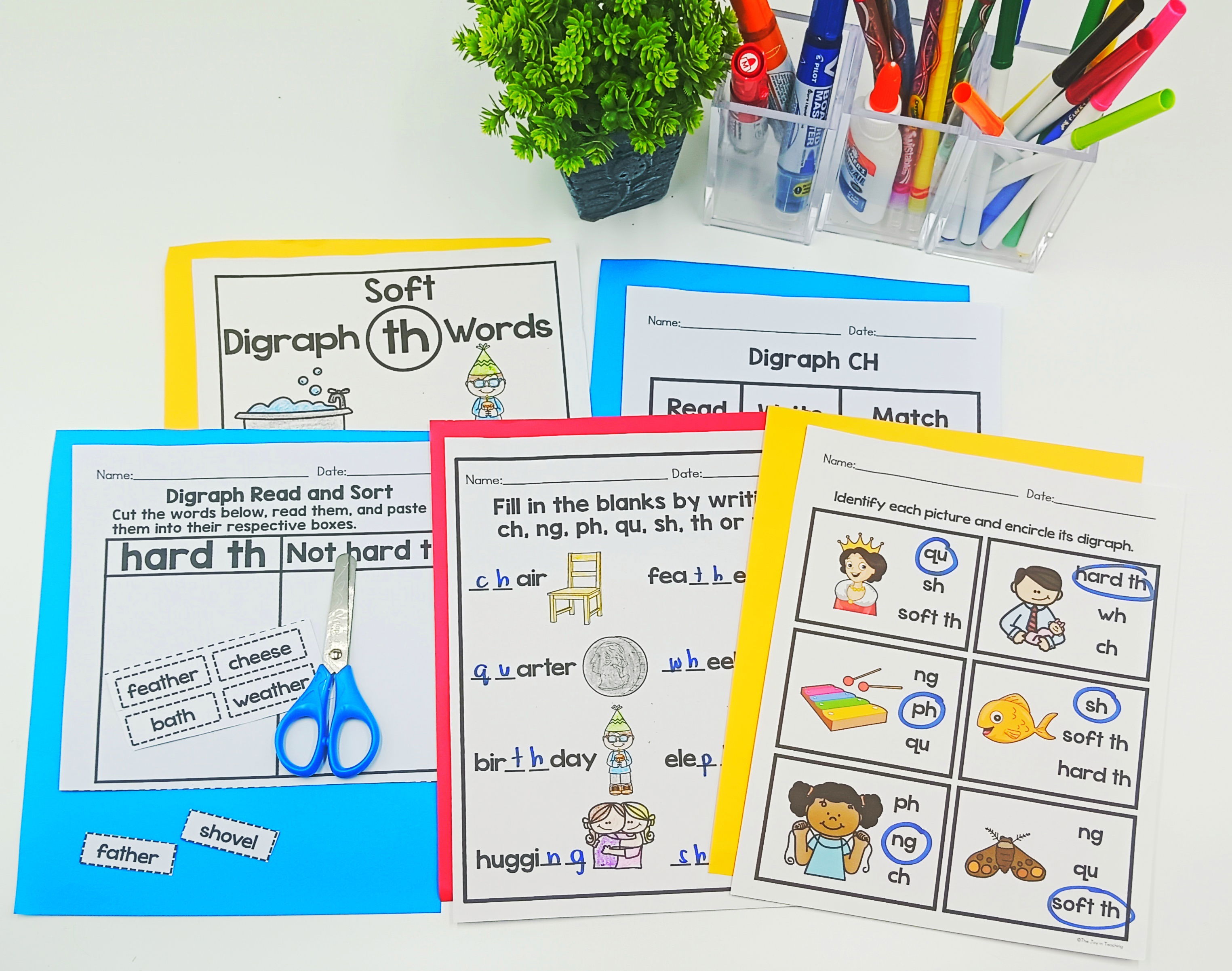
3. Story Time Integrate digraph learning into story time with reading passages. As students read the story, they can highlight all the digraphs they find. This not only reinforces their understanding but also enhances their reading comprehension.
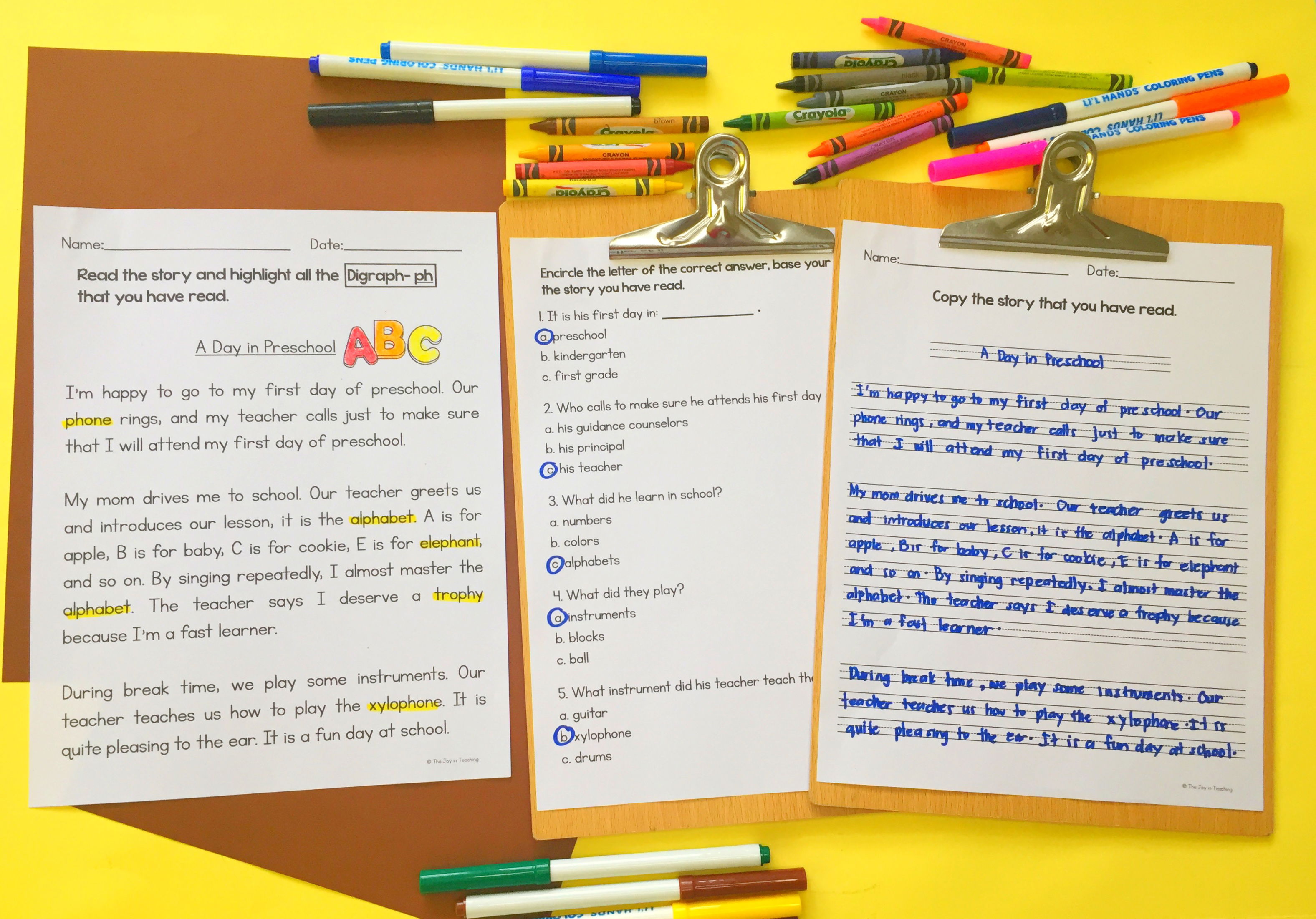
4. Game On! Turn learning into a game with word hunts. Hide digraph words around the classroom and let students go on a scavenger hunt. They can color, shade, or highlight the words they find, adding an element of adventure to learning.
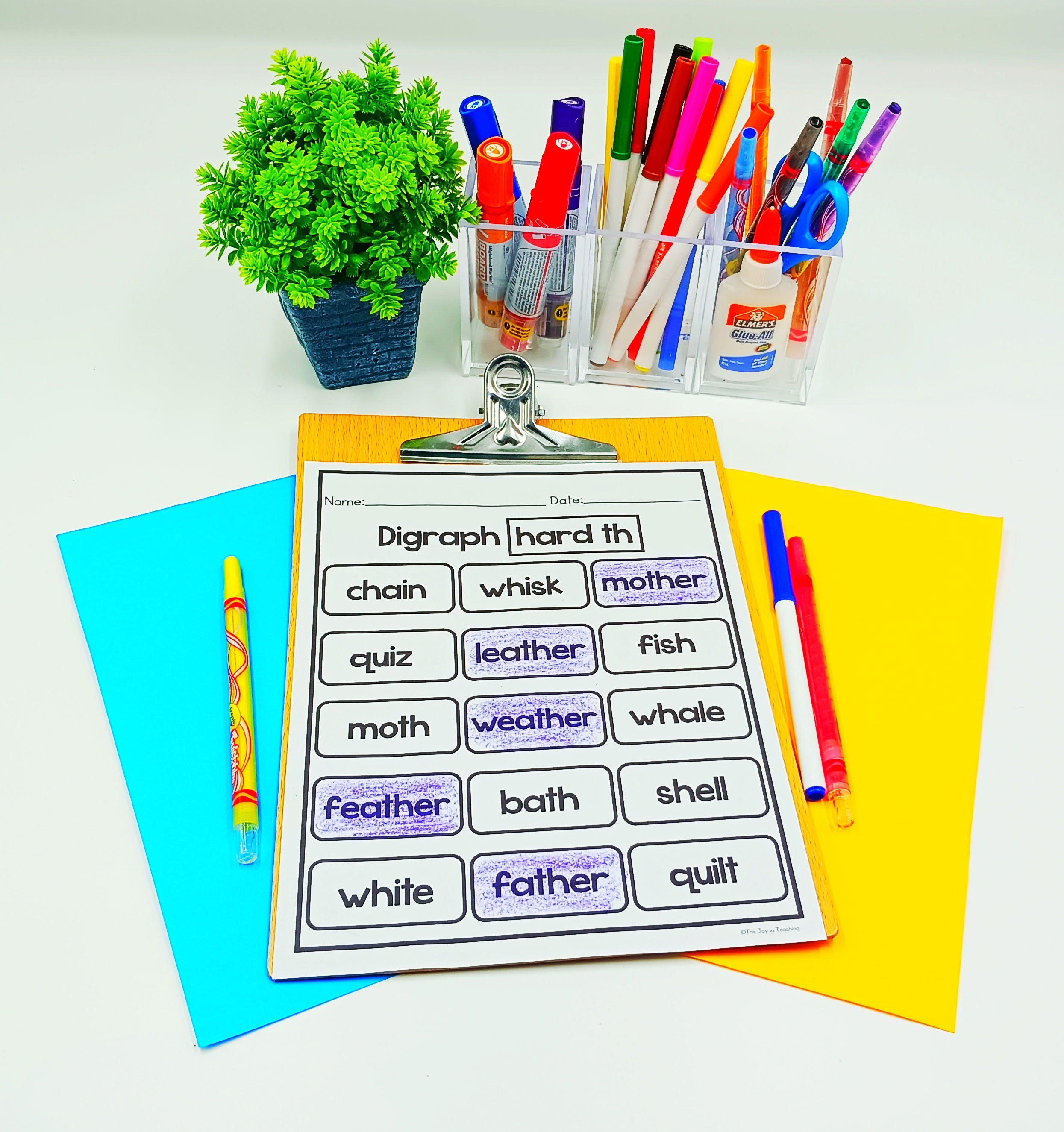
5. Flashcard Fun Flashcards are a classic tool for a reason. Use them for quick drills or memory games.
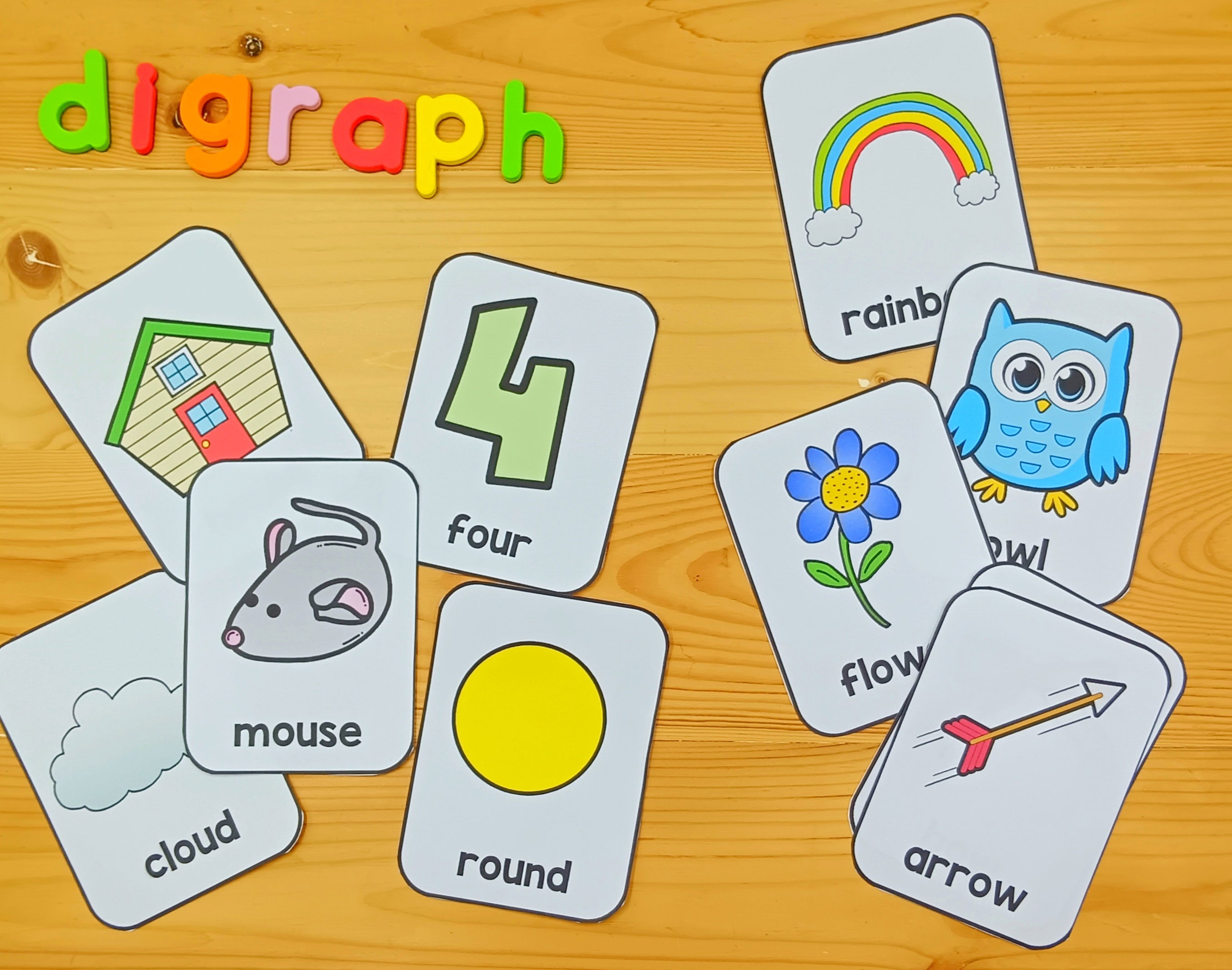
Fun Ways to Teach Digraphs
1. Digraph Detective Transform your students into digraph detectives. Give each student a "detective notebook" where they can write down words they find throughout the day that contain the target digraph. Encourage them to look for digraphs in books, on signs, and even during conversations. The student with the most words at the end of the week gets a detective badge!

2. Digraph Art Gallery Use coloring pages to create a digraph art gallery. Have each student color and decorate a page featuring a specific digraph. Then, display their artwork around the classroom. Not only does this brighten up the space, but it also gives students a sense of pride in their work.
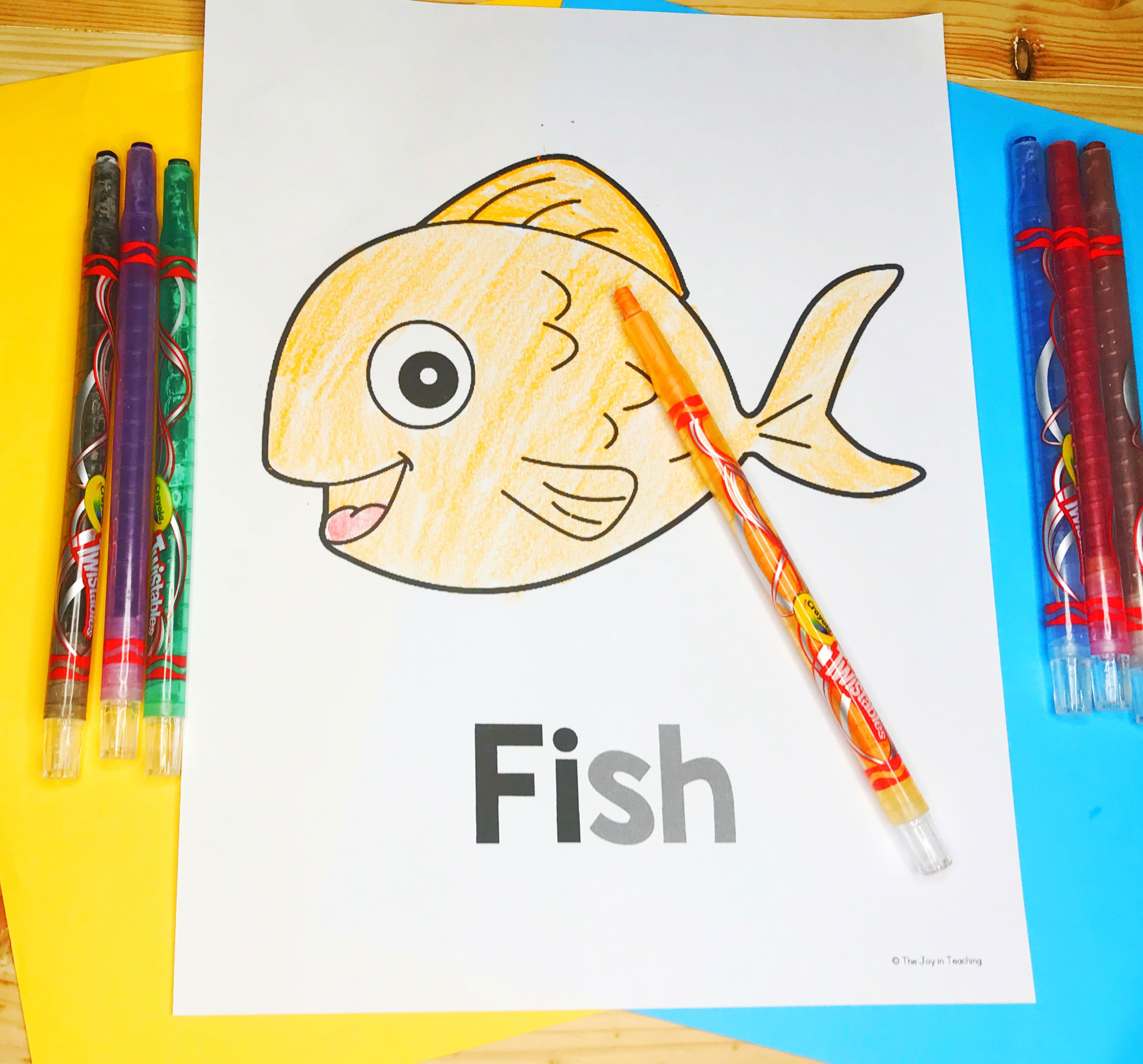
3. Sing Along Create a catchy song or rhyme for each digraph. Singing and chanting are powerful memory aids. For example, for "sh," you could have a rhyme like, "Sh, sh, sh, the quiet snake goes, sh, sh, sh." Pairing sounds with actions helps reinforce learning.

Engage Students with Variety Having a variety of activities can make learning digraphs more engaging and fun. Here are some ways to use different activities to enhance learning:
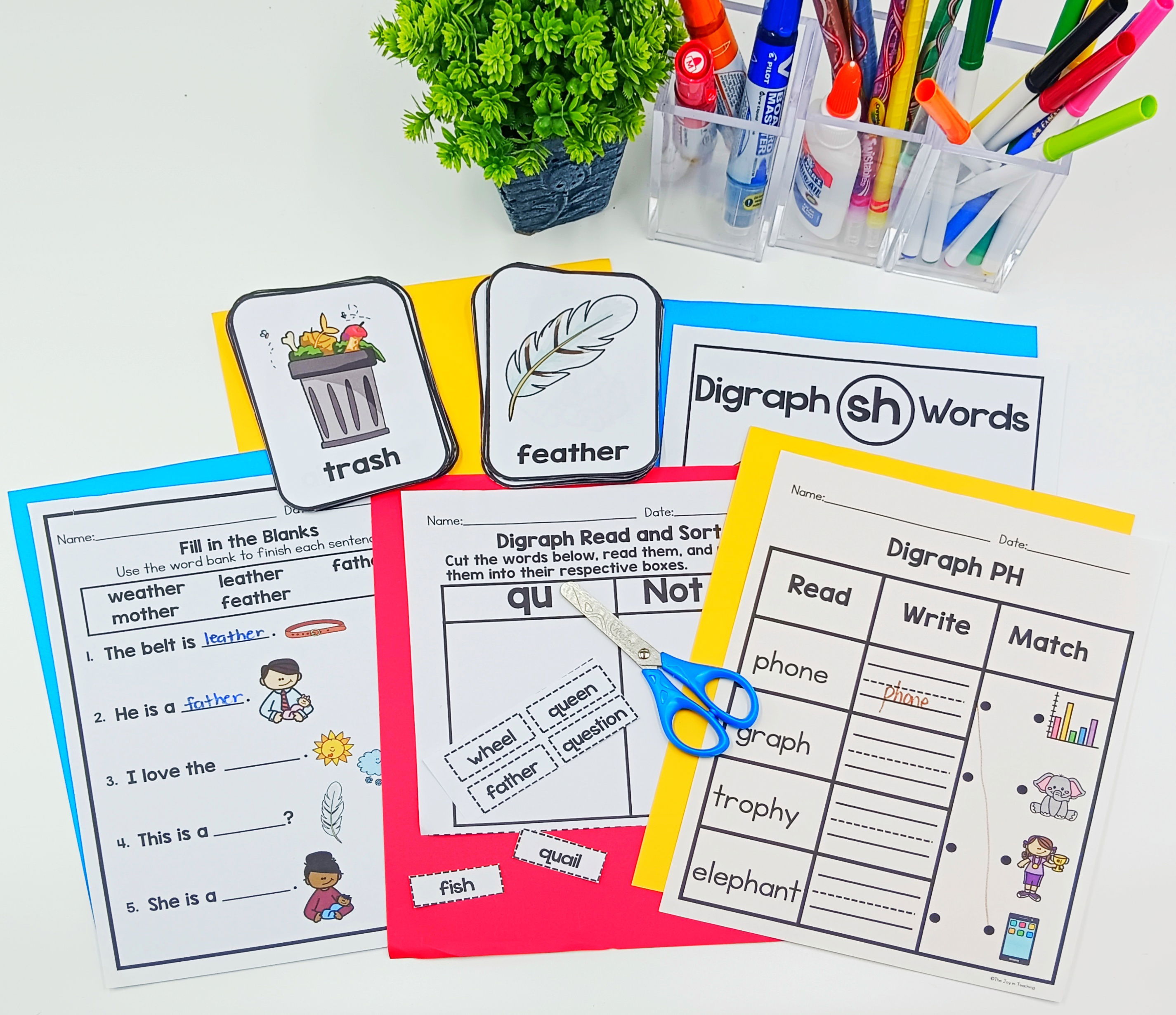
Worksheets
- Digraph Worksheet (Fill in the Blanks): Helps students in reading digraphs by differentiating each digraph and applying it by filling in the syllable to make a word. Including a picture or coloring image for representation makes it more engaging.

- Digraph Worksheet (Encircle the Right Digraph Sounds): Enhances picture recognition and digraph identification. This can be used as a center activity and as worksheet practice.
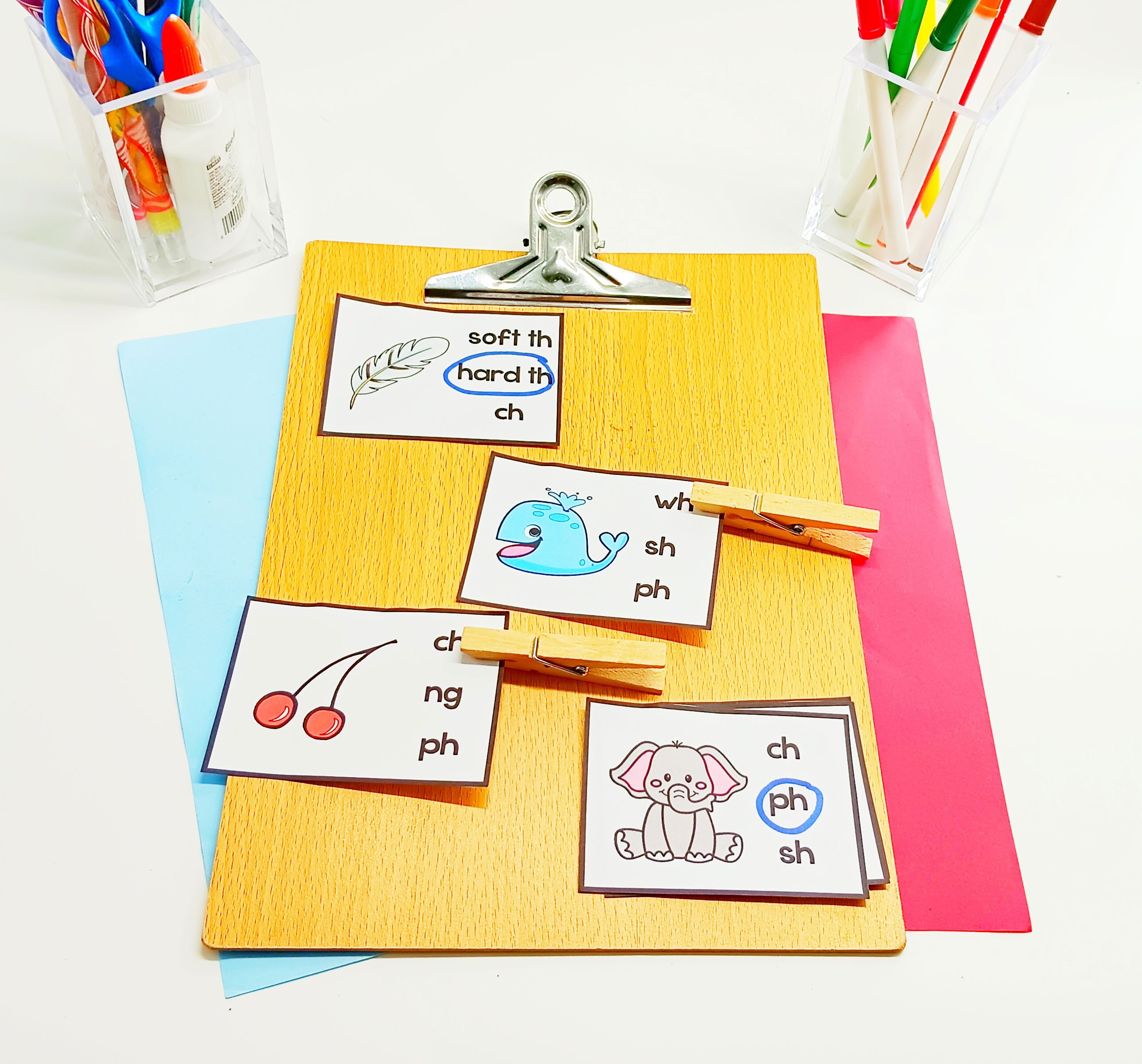
Word Hunt
- Digraph Word Hunt: A great beginning worksheet in reading digraph words. Instructions can be flexible, allowing students to color, shade, or highlight the words they find. Perfect for center activities.
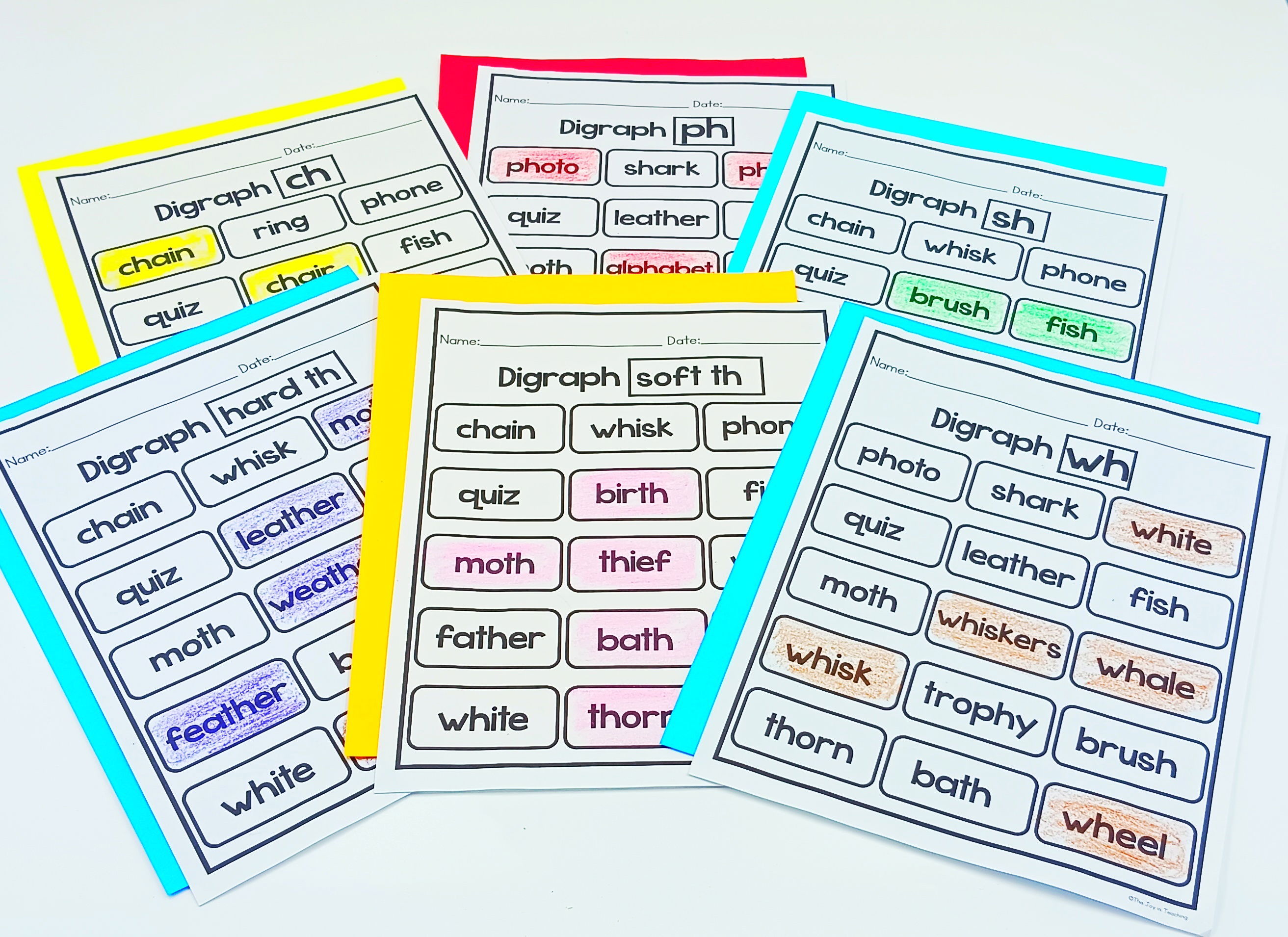
Coloring Pages and Posters
- Digraph Coloring Pages: Can be used as a reading chart, assessment, or take-home activity. These pages help students review digraph words in a fun way.
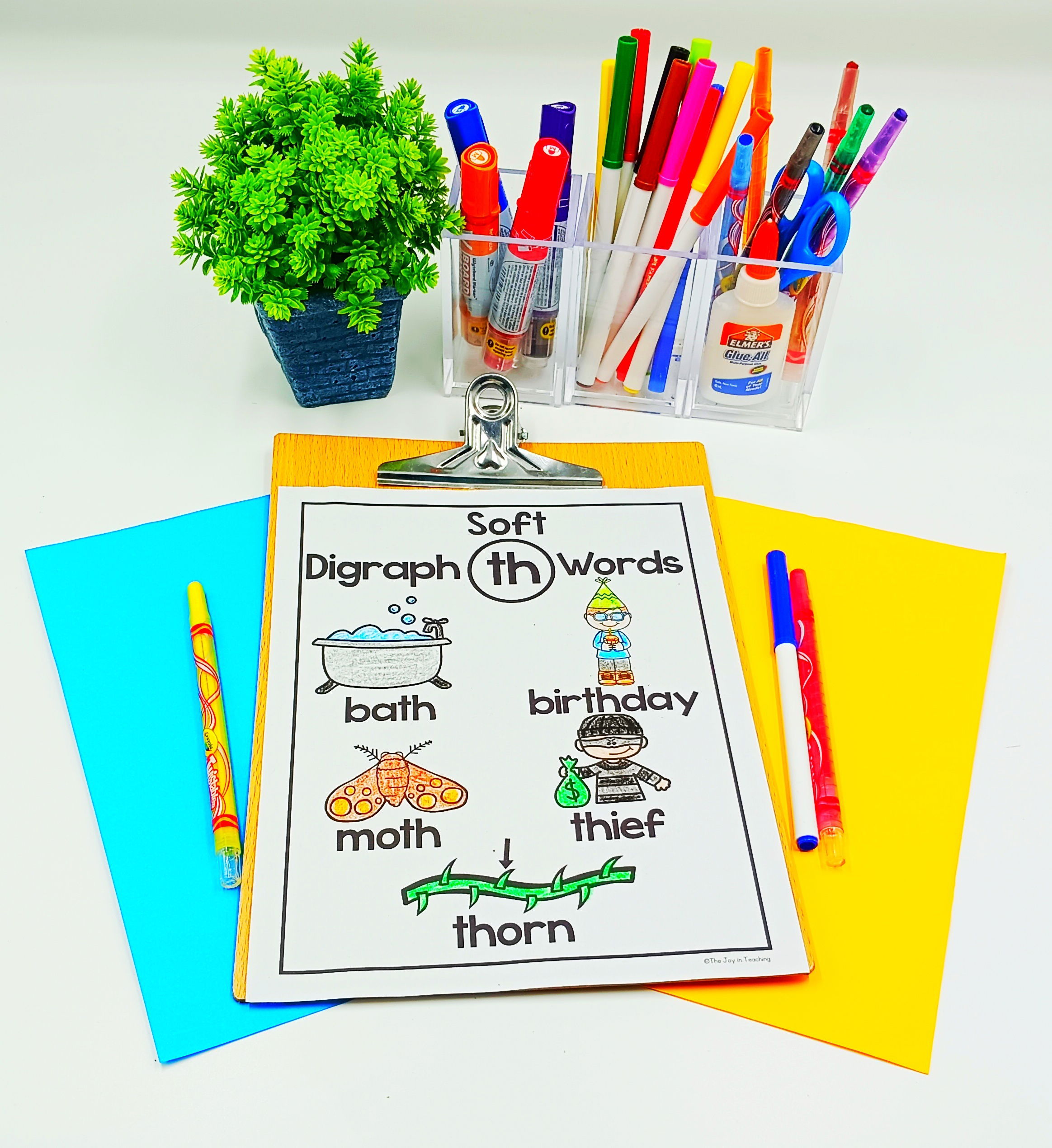
- Digraph Posters: Serve as reading charts or classroom decorations. Laminate them for use in centers and discussions.
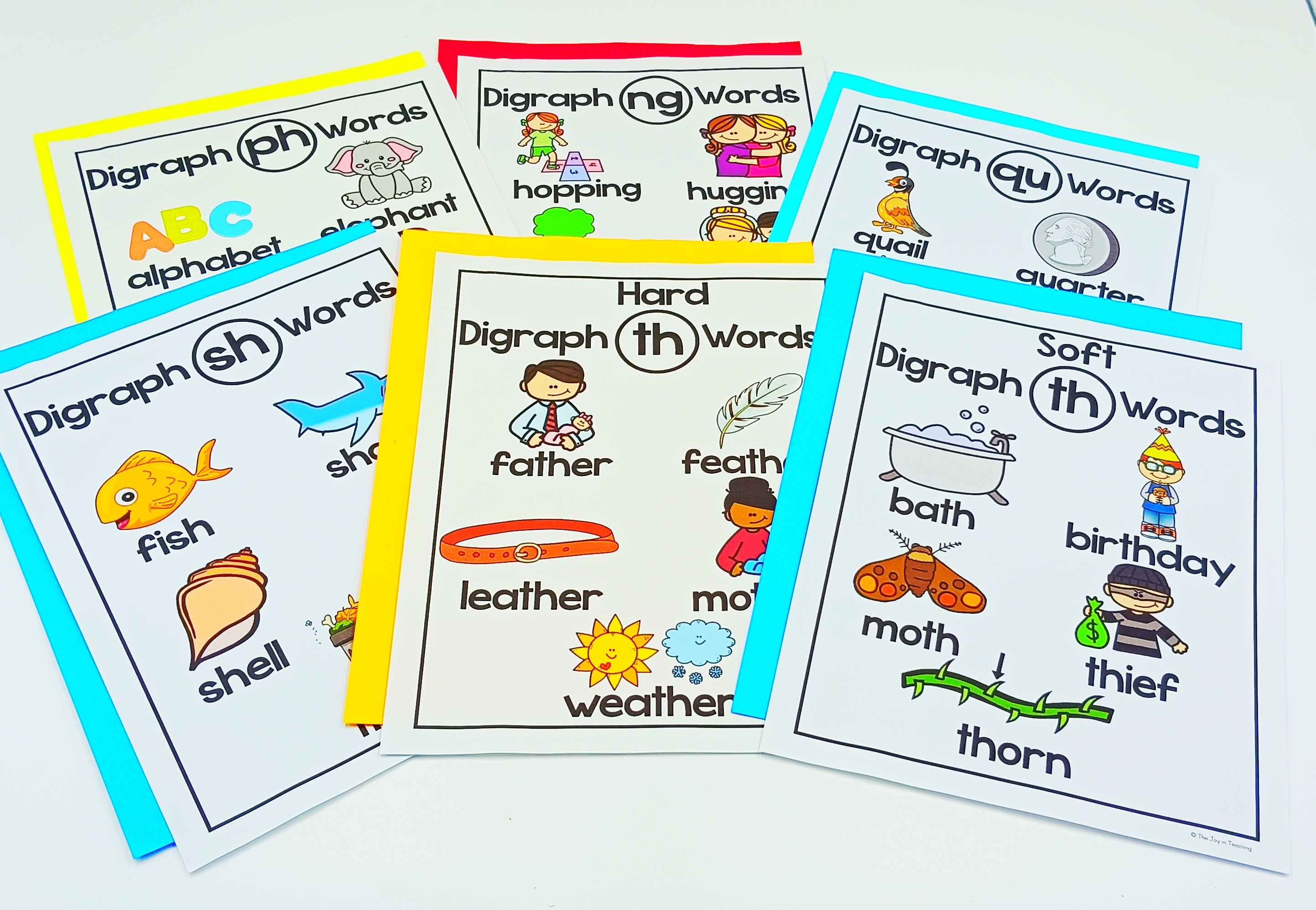
Reading Comprehension
- Digraph Reading Passage: Tests and enhances reading comprehension skills through multiple-choice questions, open-ended questions, retelling the story by drawing, and matching words to pictures. It helps students review digraph words in context.
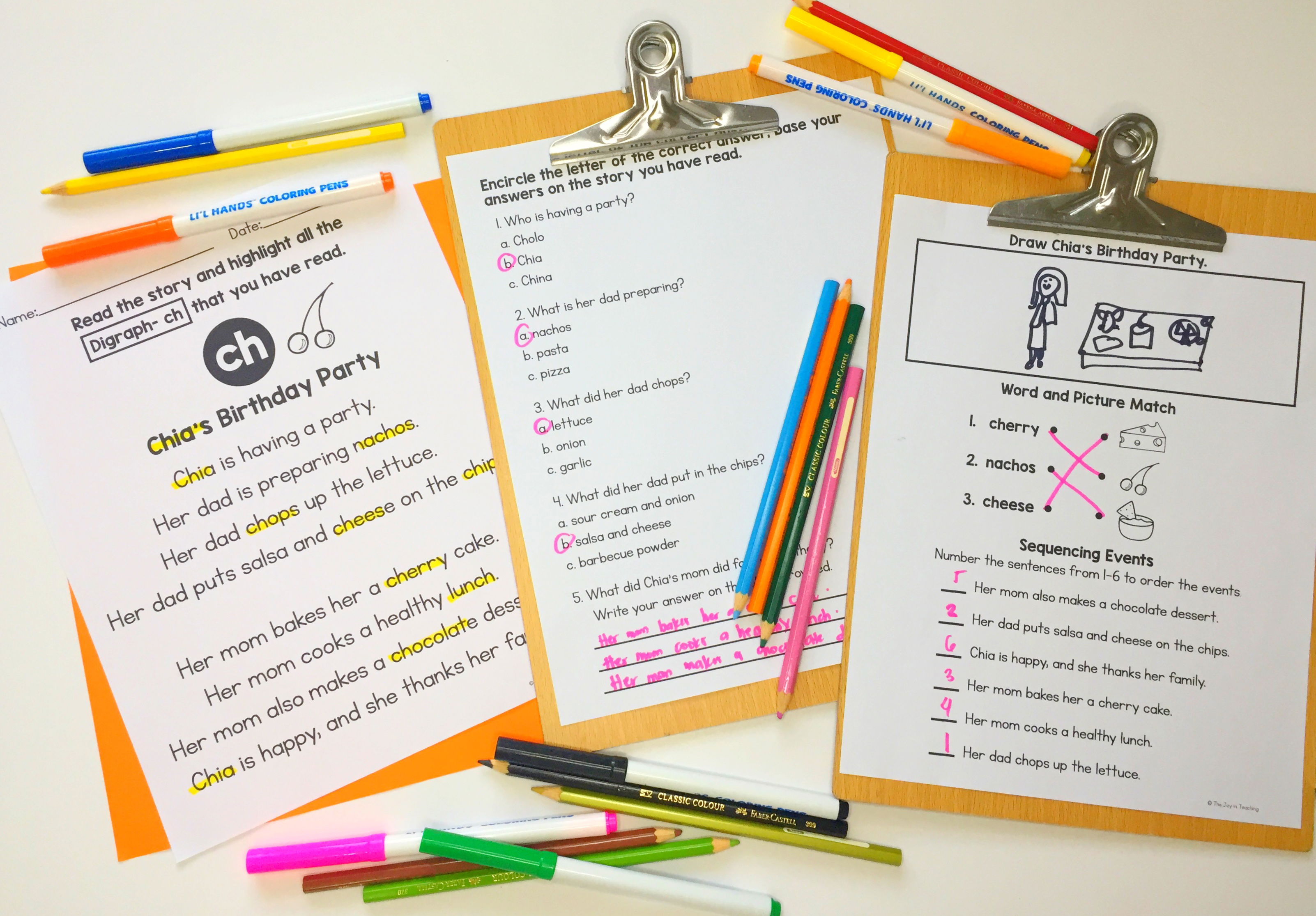
Flashcards
- Digraph Flashcards: Effective for mastering reading digraphs. Words and pictures are in separate cards so students can practice picture recognition and digraph words separately, or match words to pictures.
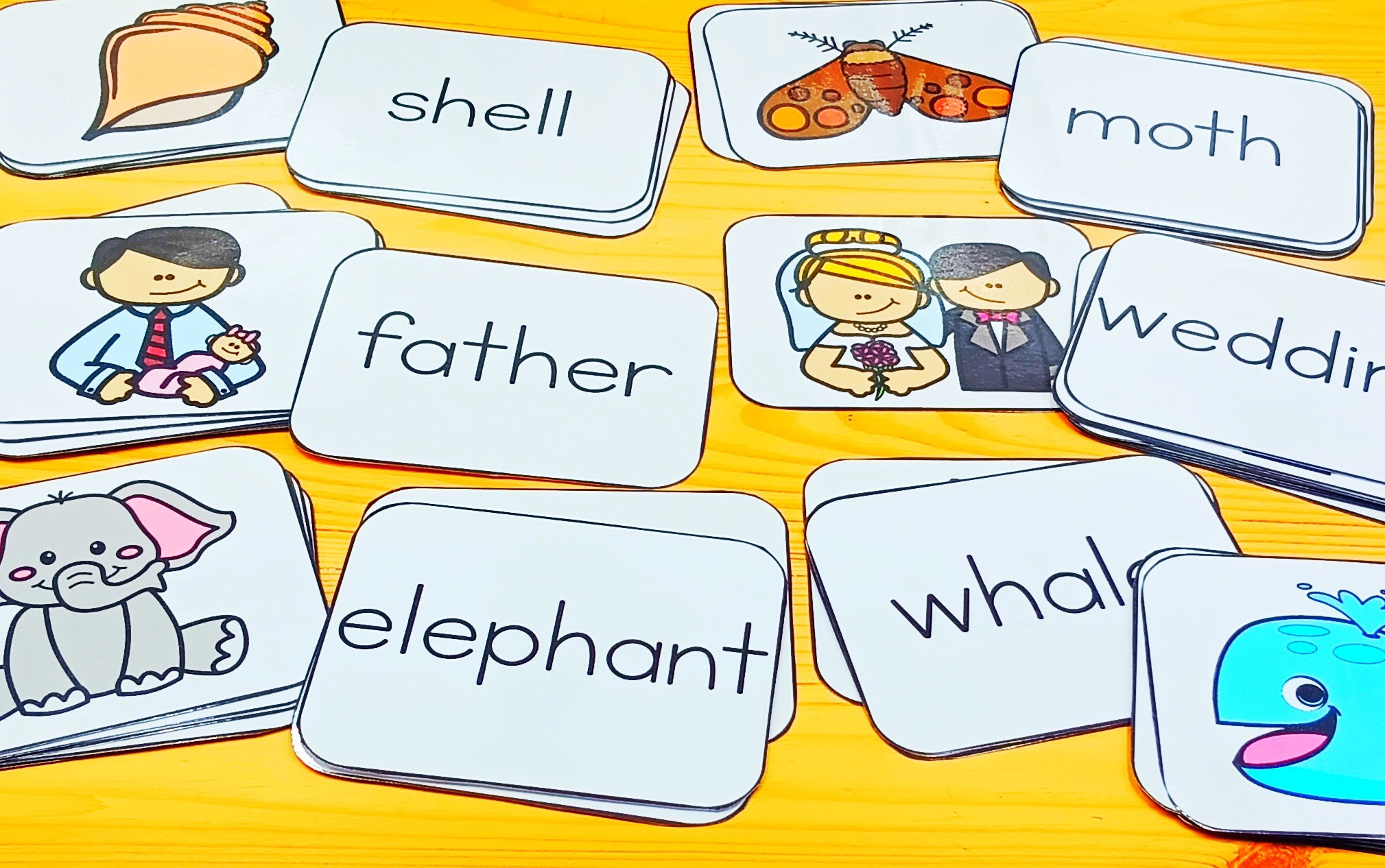
- Digraph Sentence Flashcards: Designed for students just beginning to read sentences with digraphs. The sentences are composed of simple sight words and digraphs, with pictures beside the sentences for representation.
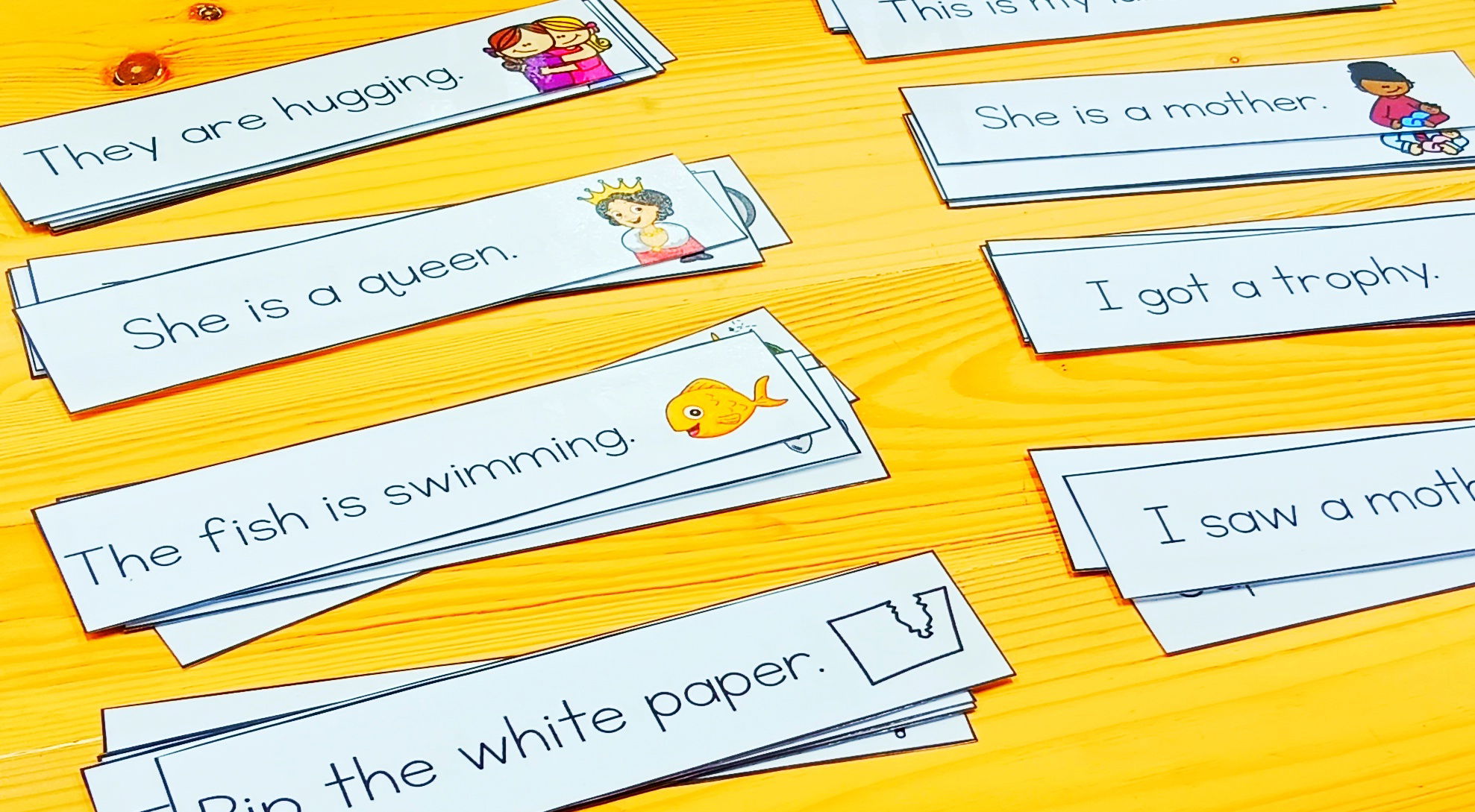
Tracing Cards
- Digraph Tracing Cards: A simple yet effective center activity. Since it’s a dry-erase tracing activity, it can be reused. Students can write and then read each digraph word, leading to digraph mastery.

Read, Write, and Match
- Digraph Read, Write, and Match: Great for practicing digraphs by reading, writing, and matching them to respective images. This enhances both reading and writing skills.
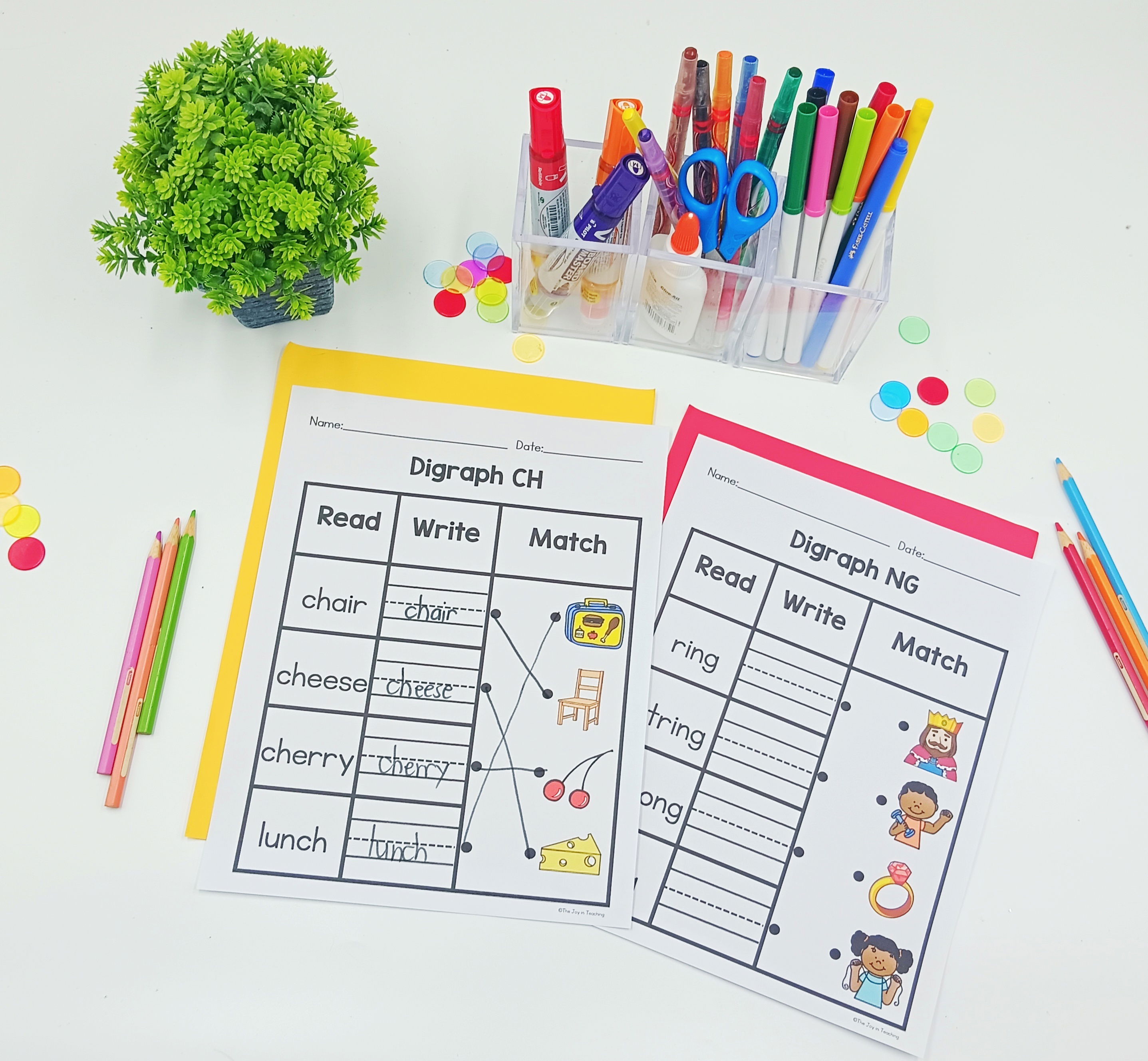
Cut and Paste
- Digraph Cut and Paste: Engages students by enhancing their fine motor skills while sorting digraphs. Perfect for quick, engaging activities that also serve as effective practice.
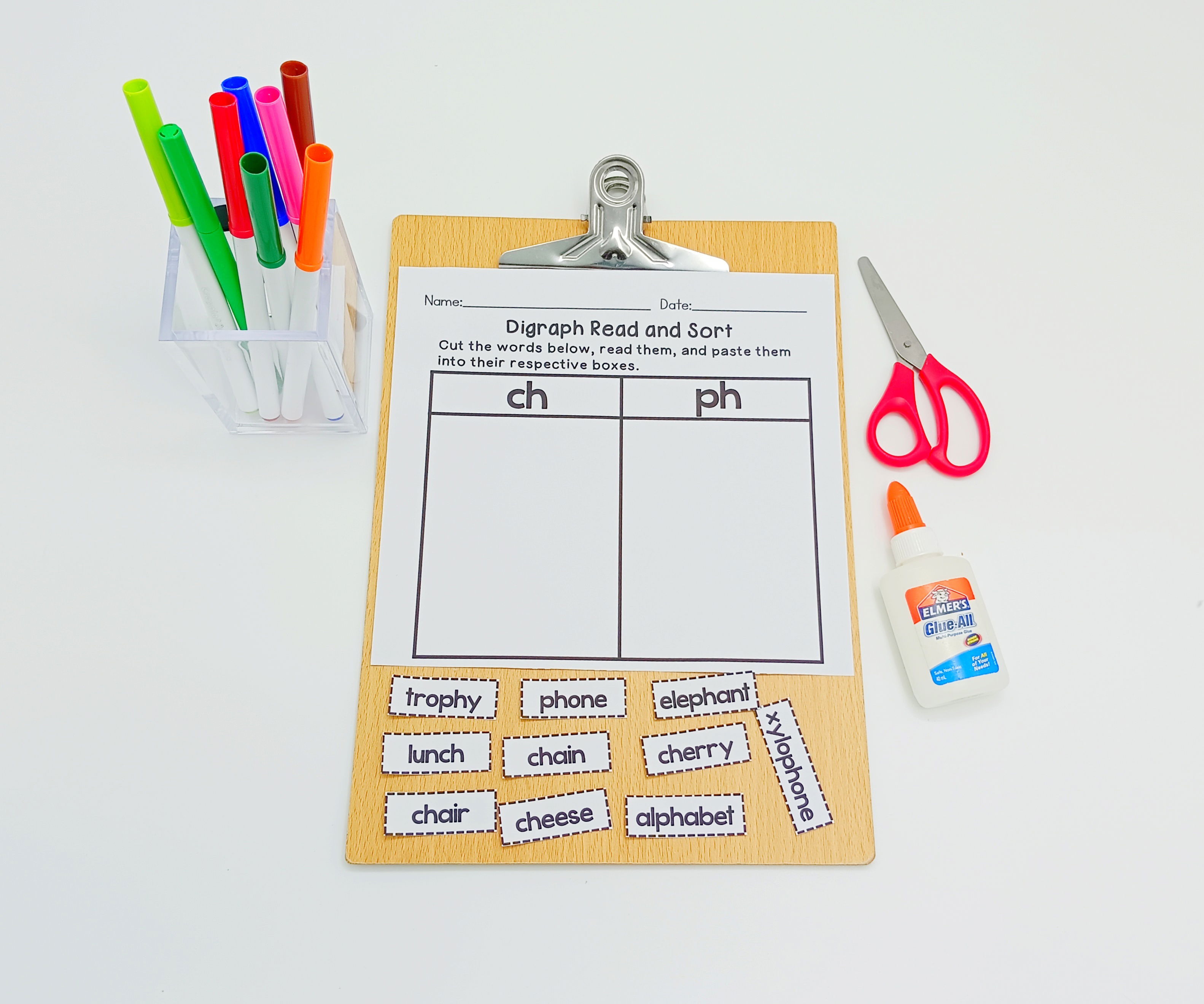
Bringing It All Together Teaching digraphs doesn’t have to be a daunting task. With the right resources and a bit of creativity, you can turn it into an exciting adventure for your students. Whether it’s through hands-on activities, interactive games, or creative arts, there’s something for every type of learner.
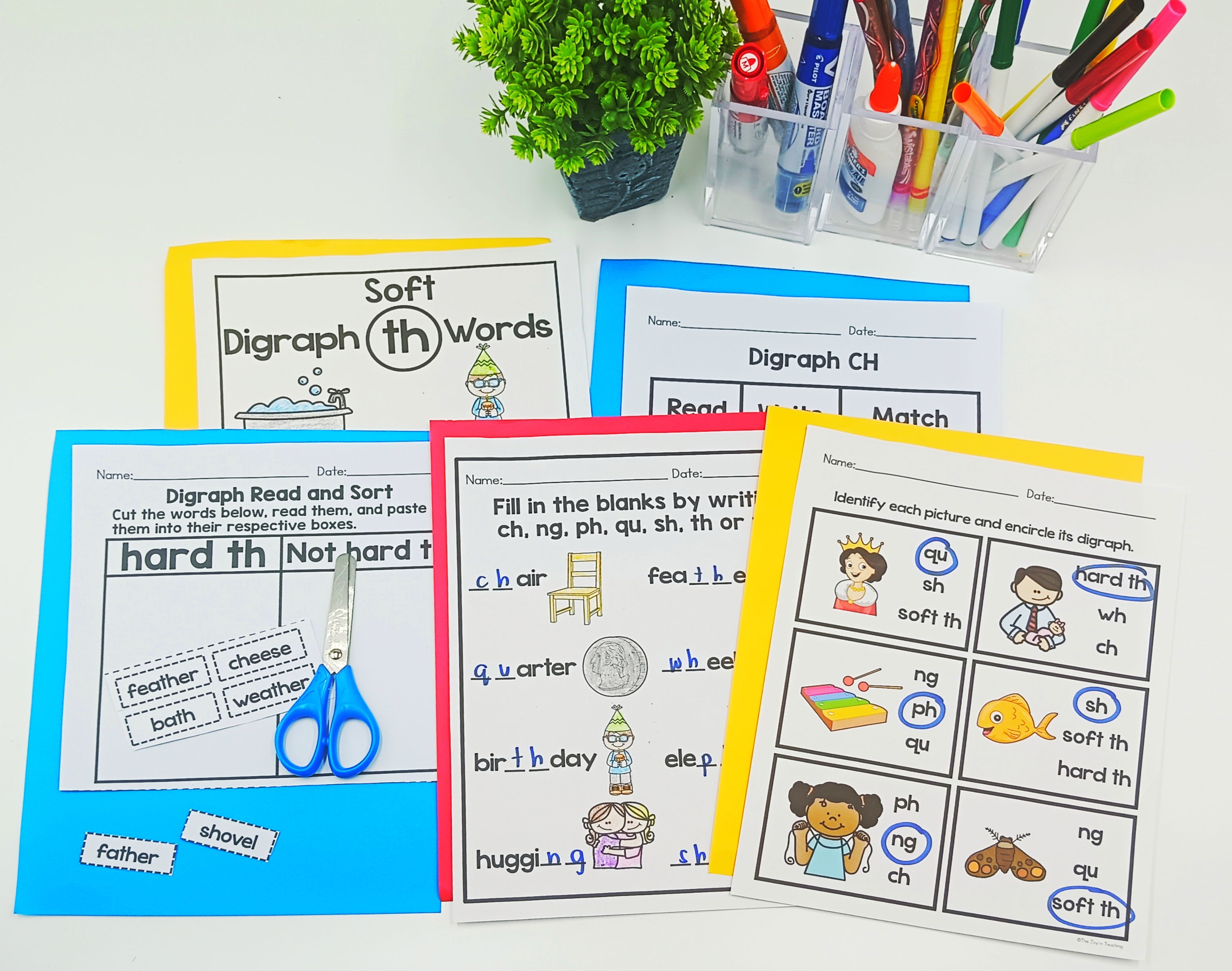
Follow Me for More Teaching Tips with Joy For more tips, resources, and a daily dose of teaching joy, follow me on:
Got questions or want to share your success stories? Drop me an email at thejoyinteaching@gmail.com. I love hearing from fellow educators and parents! Happy Teaching!
Joy Medalla
The Joy in Teaching 💛